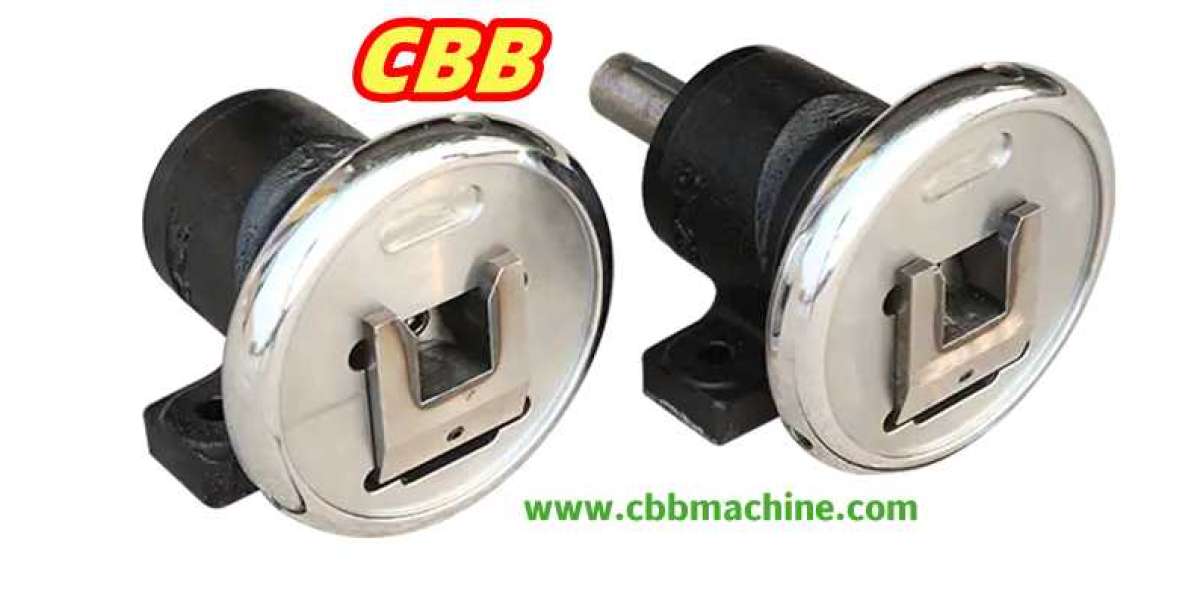Modern factories rely on secure and efficient roll support mechanisms to maintain smooth motion, stable tension, and consistent production output. The introduction of the Safety Chuck designed by Cbbmachine has brought focused attention to a device that appears simple yet plays a decisive role in machine efficiency and operator confidence. Instead of using improvised shaft holding methods, many production lines adopt this structured component to transfer torque safely, position the shaft accurately, and reduce downtime caused by roll change delays or misalignment. The principle is based on controlled coupling. When the core is seated correctly, rotation becomes uniform, and the machine rhythm remains predictable without requiring heavy manual intervention.
A well-built chuck provides two essential functions. First, it supports the roll with consistent axial alignment. Second, it transfers torque without slippage. Traditional roll holding devices may allow rotation, but often fail to maintain perfect positioning during load changes or emergency stops. An engineered chuck minimizes these risks with a precisely machined seat that fits common shaft ends. The hinge mechanism enables quick opening and closing, allowing operators to remove empty cores and install new ones with minimal effort. Even in fast-paced winding environments, this design reduces strain while avoiding loose-fitting components that can create vibration and surface defects.
The structure of a safety chuck often includes hardened inserts, balanced housings, and mounting options for both foot and flange configurations. Its mechanical form is carefully calculated so that torque flows through the shortest and safest path. When integrated with a compatible shaft, the entire drive section acts as a unified element. This unity prevents micro-movements that would otherwise cause wear, heat, or imbalance at high speed. Maintenance teams quickly recognize the value when machine sound becomes steady and monitoring routines become simpler.
Production lines running film, foil, laminate, textile, or specialty paper share a common requirement. The roll support point must not become a hidden failure risk. When a chuck wears unevenly or shifts during operation, the resulting vibration often travels through tension control systems, inspection frames, and slitting sections. Eliminating that vibration at the root protects every downstream process. A safety chuck achieves this with repeatable geometry, offering a predictable mechanical anchor that does not degrade into uncertainty.
Another advantage lies in its long service capability. Because the key wear surfaces can be replaced without discarding the entire housing, maintenance budgets remain controlled. This modularity helps factories avoid disruptive shutdowns that occur when improvised components fail unexpectedly. Simple visual checks allow operators to confirm that the chuck has closed properly before starting the line, creating a human-friendly safety layer without requiring complex electronic sensors or special training routines.
Industrial environments today often combine automation, manual oversight, and small-batch flexibility. A chuck that opens and locks quickly enables roll changes within tight production cycles. It supports efficiency not by speeding the machine itself, but by removing hesitation and doubt from the operator's motion. Any improvement that lowers risk without complicating workflow is welcomed in this context.
In an era where many mechanical parts are overlooked until something fails, this device quietly protects productivity. Its purpose is not dramatic. It does not advertise itself. Instead, it stands at the intersection of torque, alignment, and human interaction, ensuring that every roll sits where it should and moves as planned. Many factories that switch to structured chuck solutions report smoother transitions between jobs and fewer tension correction incidents.
If curiosity rests upon secure foundations, let it roll forward with intention. Imagine a single click acting as a locking motion, placing knowledge into its correct seat. That path opens the moment you reach for https://www.cbbmachine.com/news/industry-news/safety-chuck-6-key-factors-to-consider-when-selecting.html








